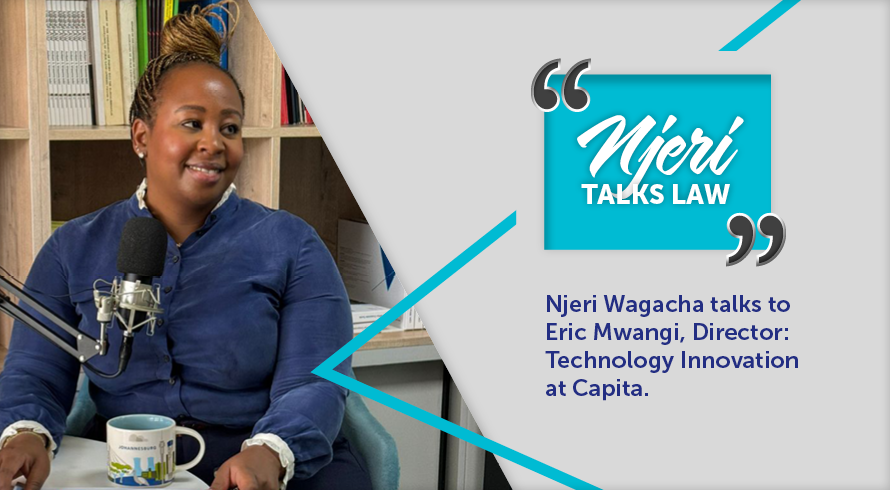The duress dodge: How to spot and shut down bogus duress claims
At a glance
- In Shange and Another v Unico Tec (Pty) Ltd (D577/2021) [2024] ZALCD 14 (20 May 2024), two employees signed voluntary severance agreements, but later alleged that they had concluded the agreements under duress.
- Ultimately, the Labour Court found that the employees had made out a poor and unconvincing case and that "They were evasive when confronted with important questions and their factual case suffered from material contradictions."
- Although validly concluded settlement agreements should be the end of the matter, employers should not take this for granted, and there are a number of steps that they should take during any settlement process to protect against accusations of duress at a later stage.
On 20 May 2024, the Durban Labour Court handed down judgment in Shange and Another v Unico Tec (Pty) Ltd (D577/2021) [2024] ZALCD 14 (20 May 2024), upholding voluntary severance agreements which had been concluded between the employer, Unico Tec (Pty) Ltd (Unico Tec), and its erstwhile employees, Shange and Gasa, who had alleged that they concluded the agreements under duress.
Unico Tec manufactures brake fluid and anti-freeze. It is a subsidiary of The Energy Company (Pty) Ltd. Shange and Gasa were employed as filling operators at the company to handle the packaging of its products. By the second quarter of 2021, the company had lost significant business from clients including BP, Shell and Sasol. Facing financial difficulties, it announced its intention to restructure the business. The intended restructuring impacted Shange and Gasa, since fewer filling operators would be required. The available posts for filling operators were advertised and Shange and Gasa were unsuccessful in their applications for the positions.
Instead of retrenchment, Shange and Gasa were offered voluntary severance agreements, which, over and above their statutory severance entitlements, included an additional ex gratia payment of one month’s remuneration, in full and final settlement of all disputes, claims and rights of action arising from the termination of their employment. The agreements were read to both of them by an external labour consultant, and they were given time to consider the agreements before signing them.
After receiving the benefit of the severance payments, Shange and Gasa sought to have the settlement agreements set aside. They claimed that they had signed the contracts under duress, as their manager threatened them with dismissal and no payment unless they signed. They also contended that they were not afforded an opportunity to read the agreements and that the terms had not been explained to them.
Proving duress
To prove duress, Shange and Gasa had to prove the following elements:
- a threat of imminent evil (i.e. harm);
- that the threat was unlawful; and
- that the threat induced the threatened person to enter into the contract or to agree to terms to which they would not have agreed in other circumstances.
The court considered these elements in the context of financial and economic duress. It referred to the Supreme Court of Appeal case in Medscheme Holdings (Pty) Ltd and Another v Bhamjee [2005] 4 All SA 16 (SCA). In this case, the court considered that English and American law recognise that economic pressure may constitute duress, but that principle has yet to be authoritatively accepted in South African law. In this regard, the court held:
“While there would seem to be no principled reason why the threat of economic ruin should not, in appropriate circumstances, be recognised as duress, such cases are likely to be rare. For it is not unlawful, in general, to cause economic harm, or even to cause economic ruin, to another, nor can it generally be unconscionable to do so in a competitive economy.”
The court in Medscheme held further that:
“[H]ard bargaining is not the equivalent of duress, and that is so even where the bargain is the product of an imbalance in bargaining power. Something more … would need to exist for economic bargaining to be illegitimate or unconscionable and thus to constitute duress.”
Ultimately, the Labour Court found that Shange and Gasa had made out a poor and unconvincing case. In the judge’s words, “They were evasive when confronted with important questions and their factual case suffered from material contradictions.”
It was to the company’s credit that it could lay out a cogent sequence of events, which included the facts that the voluntary severance agreements were read out to the employees and that they were given the opportunity to consider the proposed agreements before signing anything.
Concluding advice
Although settlement agreements, validly concluded, should be the end of the matter, employers should not take it for granted. Unfortunately, that is not always the case in practice.
To insulate themselves against this risk, employers should clearly document the process leading to the conclusion of a settlement agreement. Employees should be afforded proper time to consider any proposed settlement agreement (or voluntary severance package, as was the case here), and where appropriate, the employer should read the agreement to the employees and explain the legal implications to them.
It is always good practice to minute any settlement meetings with employees and to confirm the content of the meeting in writing with the employee thereafter. This will assist the employer to rebut any accusation of duress at a later stage.
The information and material published on this website is provided for general purposes only and does not constitute legal advice. We make every effort to ensure that the content is updated regularly and to offer the most current and accurate information. Please consult one of our lawyers on any specific legal problem or matter. We accept no responsibility for any loss or damage, whether direct or consequential, which may arise from reliance on the information contained in these pages. Please refer to our full terms and conditions. Copyright © 2025 Cliffe Dekker Hofmeyr. All rights reserved. For permission to reproduce an article or publication, please contact us cliffedekkerhofmeyr@cdhlegal.com.
Subscribe
We support our clients’ strategic and operational needs by offering innovative, integrated and high quality thought leadership. To stay up to date on the latest legal developments that may potentially impact your business, subscribe to our alerts, seminar and webinar invitations.
Subscribe





